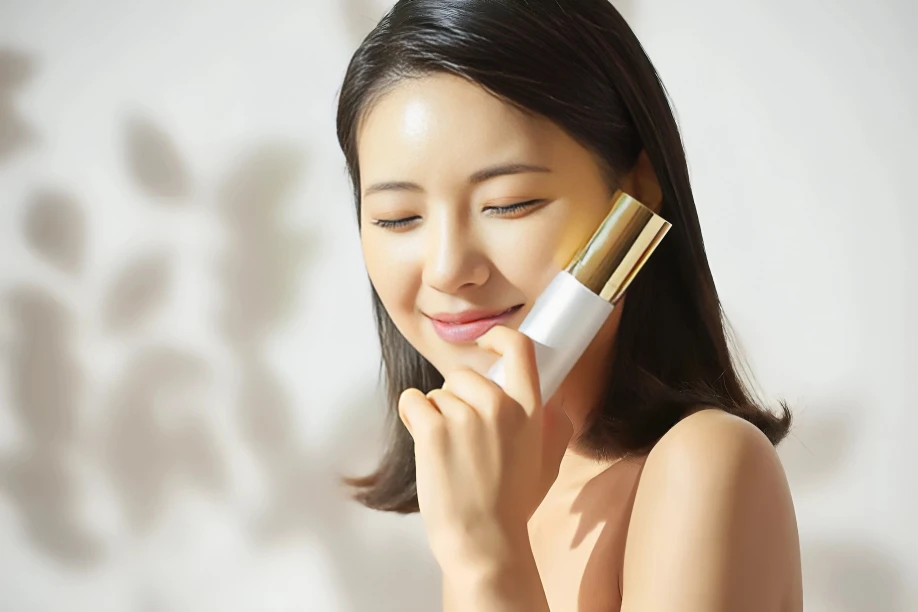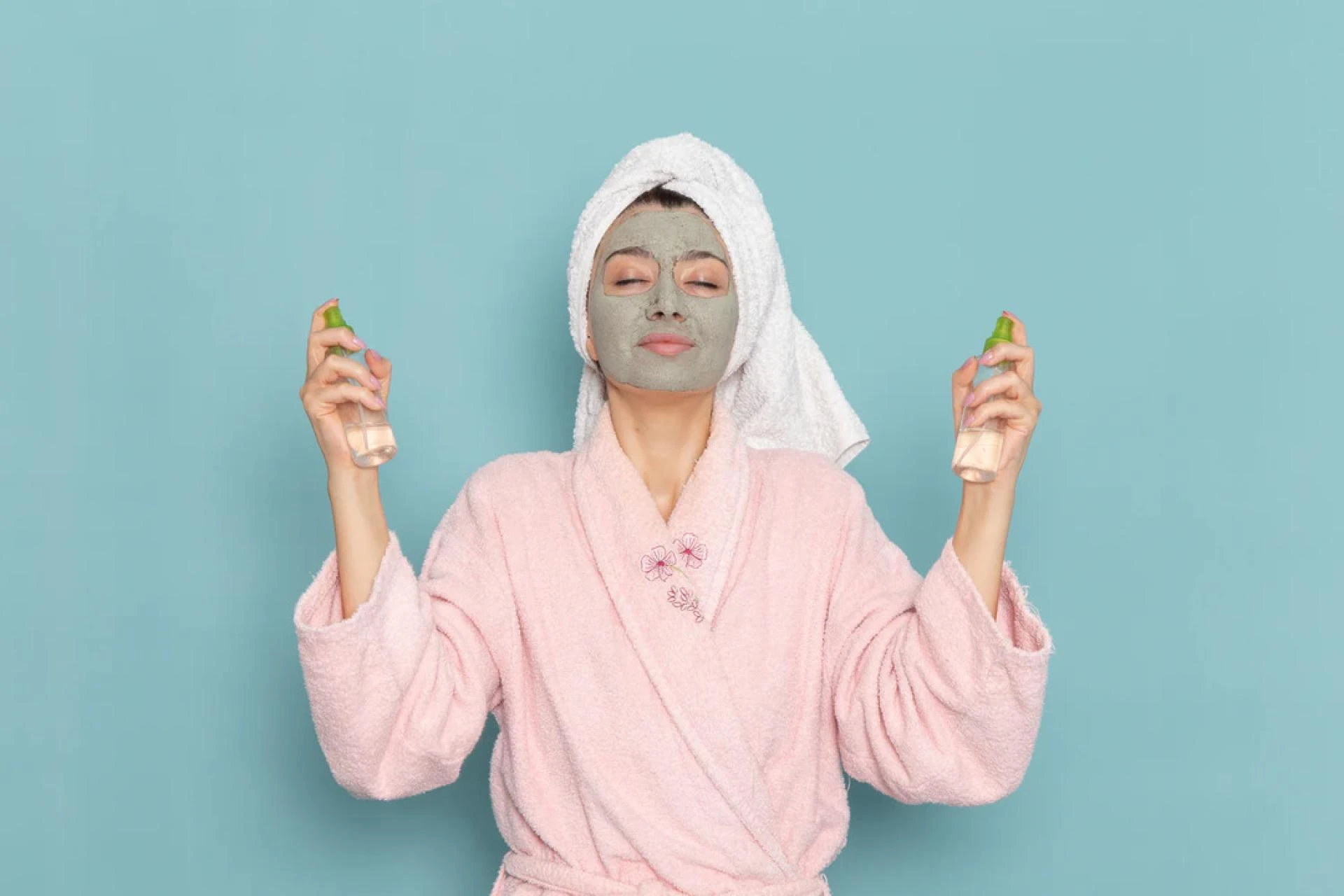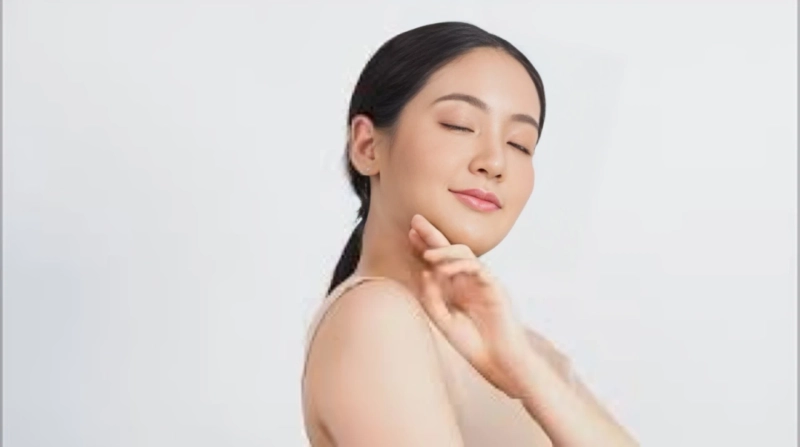When comparing the Japanese vs Korean skincare routine, it's essential to see beyond trends and advertising. Rather, ask yourself: What does your skin really need? Every skincare tradition has different strengths based on your age, skin type, climate, and objectives.

Skin Type Considerations
If you have combination or sensitive skin, the Japanese skincare system may be the way to go. It's all about balance and harmony of the skin, with fewer products and less complex formulas. This minimizes irritation from over-layering or excessive active ingredients. Most Japanese skin products don't use artificial fragrances and dyes, instead relying on natural ingredients such as rice bran and seaweed, which will feed without triggering flare-ups.
On the other hand, Korean skincare is ideal for dehydrated, acne-prone, or dull skin that needs intensive hydration and treatment. The technique of layering Korean skincare products allows your skin to absorb moisture in multiple phases, resulting in a fresh, plump look. It’s also highly effective for those looking to fade hyperpigmentation or acne scars quickly, as K-beauty serums and ampoules are often rich in niacinamide, snail mucin, and other actives.
Climate and Lifestyle Considerations
Your climate also determines a lot about what skincare routine is most effective. If you reside in a humid climate, like regions of India or Southeast Asia, the non-greasy and lightweight Korean skincare formulas can be a welcome relief and breatheable. These routines tend to focus on gel moisturizers and fast-absorbing toners that won't clog pores.
If you reside in a colder, more arid environment, the more luxurious emollients found in Japanese skin care products can provide greater protection. Japanese creams and lotions also create a barrier, sealing in moisture and protecting the skin from environmental stress.
Moreover, if you lead a busy lifestyle and lack the time for a 10-step routine, Japanese skin care has an efficient, low-maintenance alternative. Even a three-step cleanse-tone-moisturize routine can be extremely effective with high-quality ingredients.
Skin Goals: Glow or Grace?
If your ultimate aim is a "glass skin" radiance that exudes youthfulness and luminosity, the Korean skin care regimen will be your best bet. The multi-step moisturizing, regular exfoliation, and creative application of ingredients enable the skin to brighten up in no time.
But if you prefer timelessness and long-term skin integrity to gaudy short-term outcomes, the Japanese skin care regimen can suit you better. It's geared towards attaining supple, silky skin that ages beautifully. It's a marathon, not a sprint.
Product Longevity and Affordability
In the debate between Korean skincare and Japanese skincare, product durability and price also come into play. Most top Japanese beauty products are formulated to last longer because they are concentrated. You might only need a little bit per application, so they end up being budget-friendly in the long run—even though the initial price is a bit higher.
Korean skincare tends to be more affordable and accessible to younger consumers, especially online. Thanks to its global popularity, even high-quality products can often be found at budget-friendly prices. Whether you’re experimenting with essences or hunting down the best Japanese skin care products in India has grown, and it's now easier than ever to find genuine products through trusted retailers.
Brand Trust and Global Recognition
Both cultures possess powerhouse brands. Japanese skin care brands such as Shiseido, Hada Labo, SK-II, and DHC are internationally renowned and supported by decades of dermatological studies. They are famous for their elegance, safety, and long-lasting effects. Their minimalist packaging also attracts those who desire no-frills action.
Korean beauty product companies such as COSRX, Laneige, Innisfree, and Missha take the world by storm with their pricing and effective products. They continually come out with new products frequently, so they keep their systems new and invigorating.

Conclusion: There Is No One-Size-Fits-All
So, is Japanese or Korean skin care routine better for your skin? The straightforward answer is that there's no one-size-fits-all winner. Both have their advantages, and your skin can gain from aspects of both. You can easily mix the brevity of a Japanese skincare routine during the day with the moisturizing steps of a Korean skincare routine at night.
Most skincare fans globally adopt a hybrid method, combining a Korean essence with a Japanese cleanser or vice versa. This blend allows you to reap the equilibrium of Japan and the radiance of Korea—exhibiting the best of both worlds.
As with all skincare, consistency, ingredients, and understanding your unique skin needs are the true keys to success. Whether you’re inspired by the clean elegance of Japanese skincare or the hydration-first philosophy of Korean skincare, your perfect routine is the one that makes your skin feel healthy, calm, and radiant every day.


